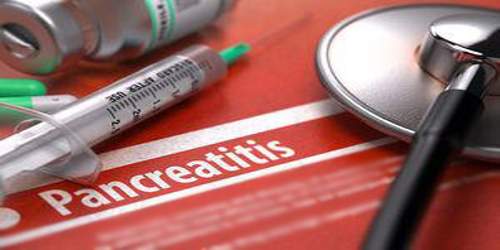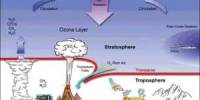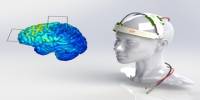Pancreatitis
Definition
Pancreatitis is a condition characterized by inflammation of the pancreas. It is an abdominal gland situated behind the stomach in the upper abdomen. The main function of the pancreas is to secrete hormones and enzymes that help with digestion and regulate blood sugar (glucose) metabolism. There are two main types, acute pancreatitis and chronic pancreatitis. Signs and symptoms of pancreatitis include pain in the upper abdomen, nausea and vomiting. The pain often goes into the back and is usually severe. In acute pancreatitis a fever may occur and symptoms typically resolve in a few days. In chronic pancreatitis weight loss, fatty stool, and diarrhea may occur. Complications may include infection, bleeding, diabetes mellitus, or problems with other organs.

- Acute pancreatitis: Acute pancreatitis is a sudden inflammation that lasts for a short time. It may range from mild discomfort to a severe, life-threatening illness. In severe cases, acute pancreatitis can result in bleeding into the gland, serious tissue damage, infection, and cyst formation. Severe pancreatitis can also harm other vital organs such as the heart, lungs, and kidneys.
- Chronic pancreatitis: Chronic pancreatitis is long-lasting inflammation of the pancreas. It most often happens after an episode of acute pancreatitis. Heavy alcohol drinking is another big cause. Damage to the pancreas from heavy alcohol use may not cause symptoms for many years, but then the person may suddenly develop severe pancreatitis symptoms.
Causes, Sugn and Symptoms of Pancreatitis
The causes of pancreatitis include:
- Alcohol consumption
- Gallstones
- High triglyceride levels
- Abdominal injury or surgery
- Certain medications
- Exposure to certain chemicals
- Smoking
- Family history of pancreatitis
- Cystic fibrosis
- Pancreatic cancer
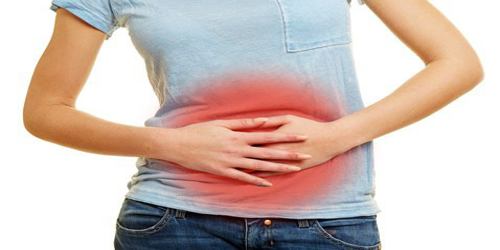
The most common symptoms of pancreatitis are severe upper abdominal or left upper quadrant burning pain radiating to the back, nausea, and vomiting that is worse with eating. The physical examination will vary depending on severity and presence of internal bleeding. Blood pressure may be elevated by pain or decreased by dehydration or bleeding. Heart and respiratory rates are often elevated. The abdomen is usually tender but to a lesser degree than the pain itself. As is common in abdominal disease, bowel sounds may be reduced from reflex bowel paralysis. Fever or jaundice may be present. Chronic pancreatitis can lead to diabetes or pancreatic cancer. Unexplained weight loss may occur from a lack of pancreatic enzymes hindering digestion.
Diagnosis and Treatment of Pancreatitis
The differential diagnosis for pancreatitis includes but is not limited to cholecystitis, choledocholithiasis, perforated peptic ulcer, bowel infarction, small bowel obstruction, hepatitis and mesenteric ischemia. Doctors may also use other tests, such as:
- Pancreatic function test to find out if the pancreas is making the right amounts of digestive enzymes
- Glucose tolerance test to measure damage to the cells in the pancreas that make insulin
- Ultrasound, CT scan, and MRI, which make images of the pancreas so that problems may be seen
- ERCP to look at the pancreatic and bile ducts using X-rays
- Biopsy, in which a needle is inserted into the pancreas to remove a small tissue sample for study
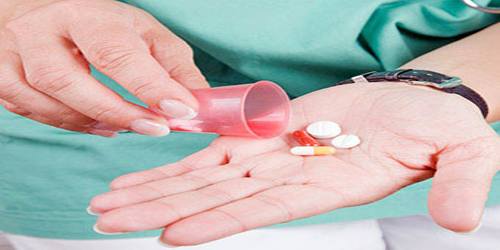
In more advanced stages of the disease, doctors may use blood, urine, and stool tests to confirm the diagnosis. In most cases of acute pancreatitis, admission to the hospital is needed, whereas some cases of chronic pancreatitis can be managed in an outpatient setting.
The treatment of pancreatitis is supportive and depends on severity. Morphine generally is suitable for pain control. There are no clinical studies to suggest that morphine can aggravate or cause pancreatitis or cholecystitis.
- If pancreatitis is due to an obstructing gallstone, surgical intervention may be required to remove the gallstone and/or remove the gallbladder. Intervention may also be required to treat a pseudocyst or to remove part of the affected pancreas.
- If alcohol consumption is the cause of pancreatitis, abstinence from alcohol and an alcohol rehabilitation program will be recommended.
- If a medication or chemical exposure is found to be the cause of pancreatitis, then removal of the medication or offending exposure is recommended.
- If high triglycerides are the cause of pancreatitis, then your health-care professional may prescribe medication to decrease the patient’s triglyceride levels.
Reference:
